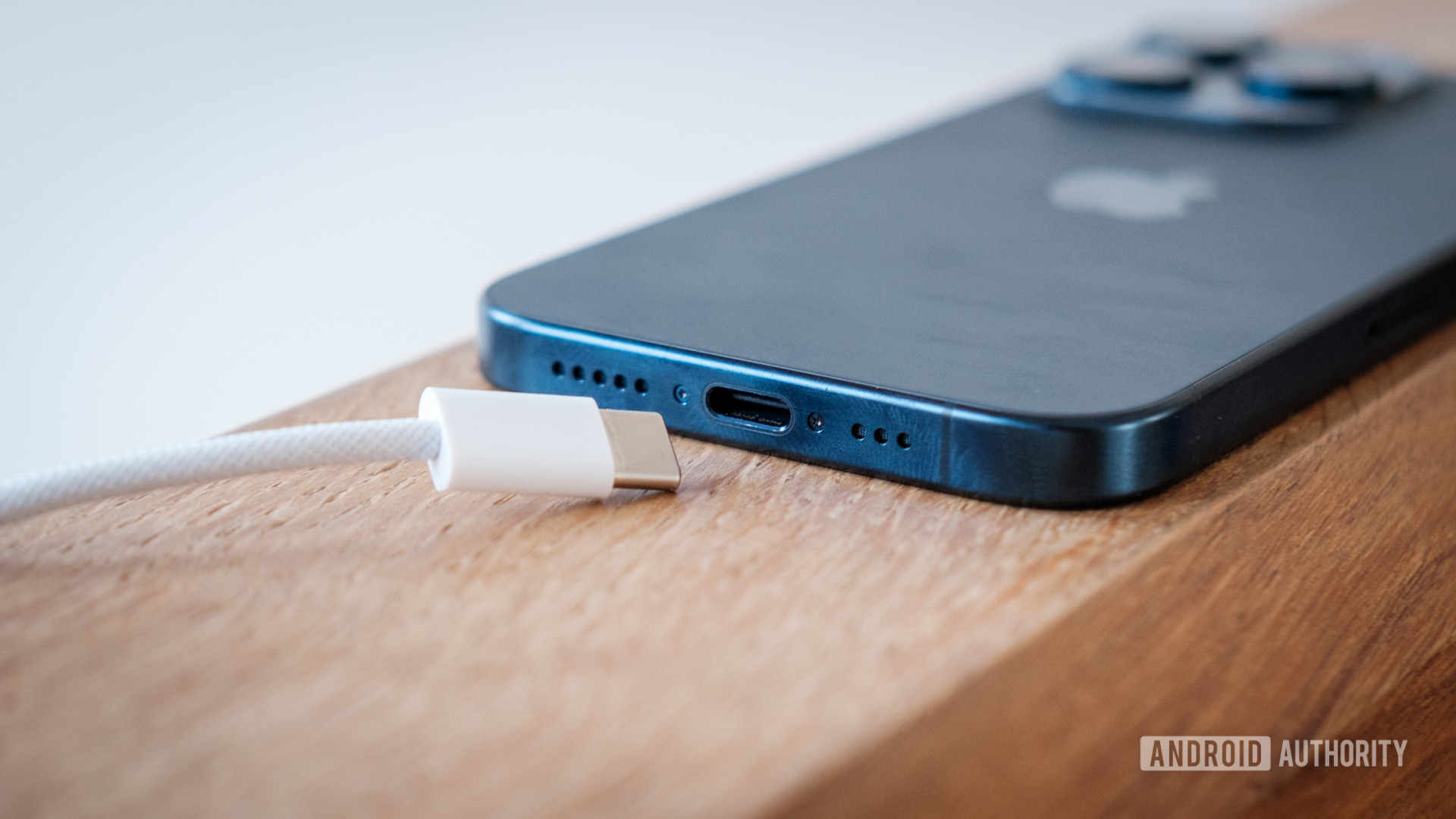
The EU won’t stop anyone from making a portless phone
- 19.03.2025 13:35
- androidauthority.com
- Keywords: EU, Apple
The EU won’t ban portless smartphones. While Apple considered a portless iPhone but opted for USB-C due to regulatory concerns, the EU’s Common Charger Directive allows fully wireless devices without wired charging ports.